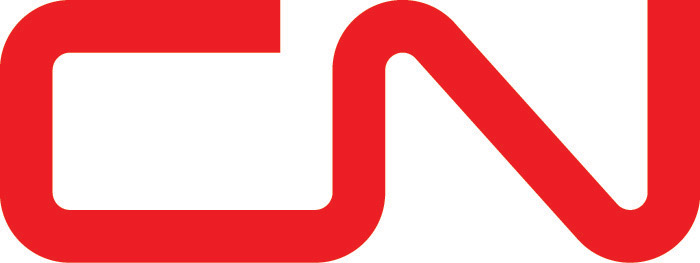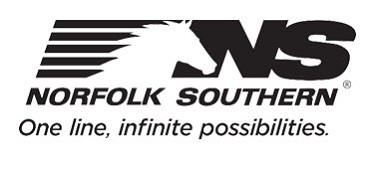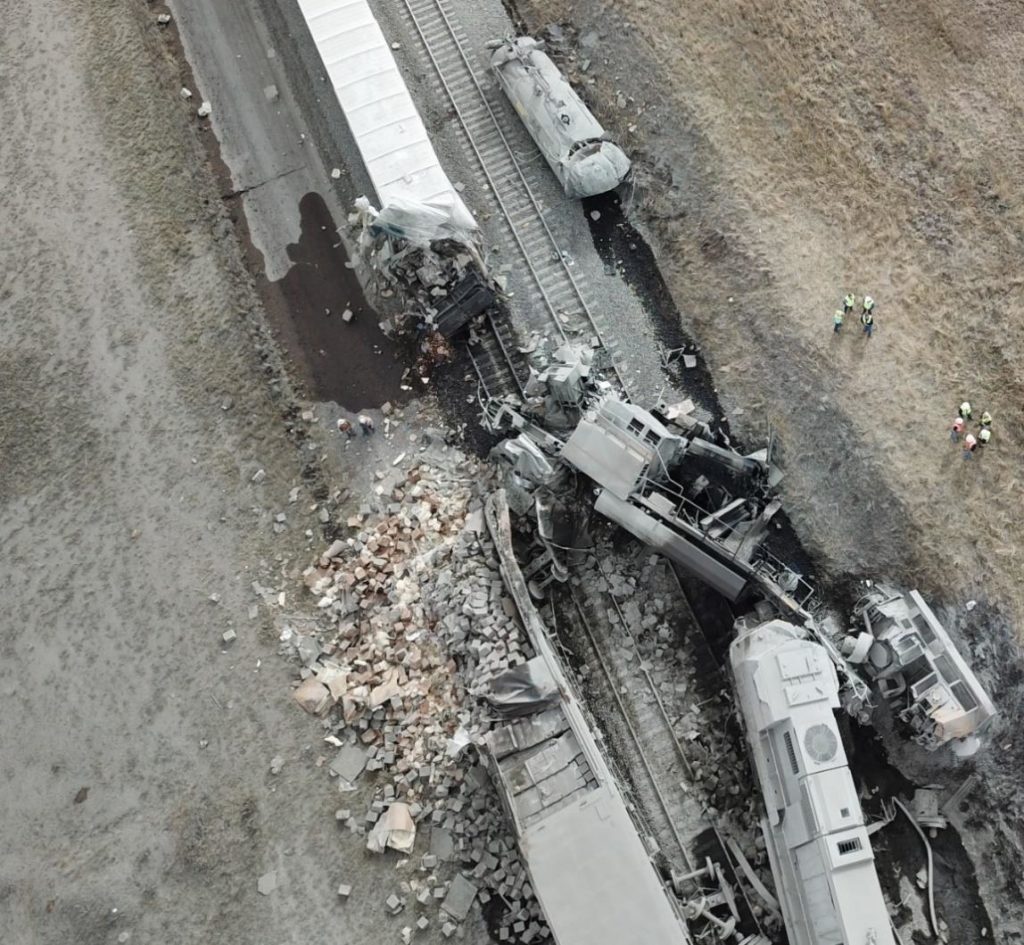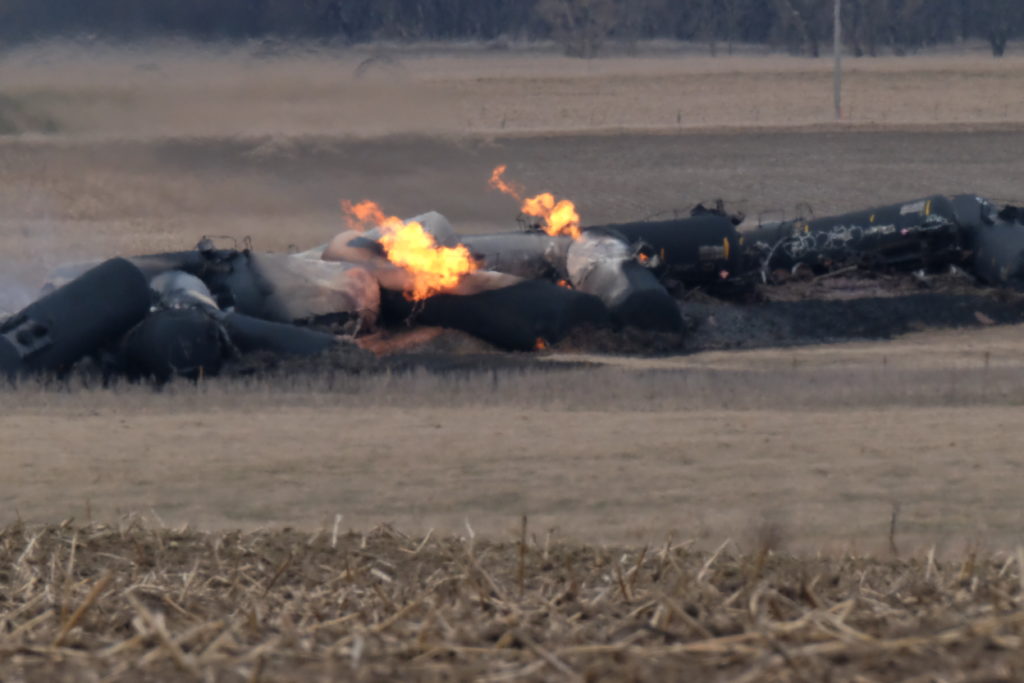LOWELL, Ark. — John Roberts, CEO of rail intermodal pioneer J.B. Hunt, says rail reliability issues are causing the company to turn away customers from its intermodal business. “That drives a sales guy like me crazy,” said Roberts, according to a J. B. Hunt-released transcript of his comments at the recent Baird Industrial Global Conference […]
Train Topic: Railroad Operations
Wall Street analyst: CSX and CP are the most likely merger partners NEWSWIRE

Keith Creel, Canadian Pacific CEO Canadian Pacific NEW YORK — Class I railroad mergers are unlikely to occur in 2019, but if two of the major systems were to combine the most likely pairing would be between CSX Transportation and Canadian Pacific, a Wall Street analyst wrote in a research note this week. “We believe […]
Steam engine water treatment

A water tank on the Pacific Coast Railroad in Washington displays discoloration brought by impurities in the local water. Al Farrow photo, Martin E. Hansen collection Q Did steam locomotive operators test the water prior to filling the tender? Was water treated then or prior to filling the tank? Without treatment would there have been […]
Canadian National completes capacity projects, begins returning leased locomotives NEWSWIRE

TORONTO — Canadian National has completed its $400 million in capacity projects in Western Canada. As a result, CN’s key operating metrics are improving and costs are being reduced as trains move faster and cars spend less time in yards, Chief Financial Officer Ghislain Houle told an investor conference on Tuesday. CN has returned two […]
Norfolk Southern: PSR will help close operating-ratio gap with CSX NEWSWIRE

NEW YORK — Norfolk Southern is approaching Precision Scheduled Railroading differently than CSX Transportation, with a much slower timetable and no appetite for disruptive change. But NS sees no reason why it can’t close productivity and operating ratio gaps with its more efficient eastern rival, Chief Financial Officer Cynthia Earhart says. “The biggest difference for […]
So far, it’s smooth sailing for Union Pacific operational changes NEWSWIRE

OMAHA, Neb. — The first phase of Union Pacific’s shift to an operating plan based on the principles of Precision Scheduled Railroading appears to be going smoothly. Federal regulators have not received shipper complaints about service and are satisfied that the railroad is keeping its customers informed as it methodically rolls out operational changes on […]
BNSF Railway reports higher quarterly profits as agricultural, merchandise traffic rise NEWSWIRE

FORT WORTH, Texas — BNSF Railway’s profits surged in the third quarter as rates rose and the railroad posted strong growth in agricultural and industrial products carloads. Pre-tax earnings grew 10 percent, to $1.9 billion, as revenue climbed 16 percent, to $6.1 billion, BNSF’s parent company, Berkshire Hathaway, reported on Nov. 2. BNSF’s third-quarter operating […]
Investigators looking into cause of failed air brakes on runaway UP train NEWSWIRE

Union Pacific workers took an aerial drone photo of the wreck of two UP freight trains on Oct. 4. An eastbound train struck a parked train near Sherman Hill, killing two railroaders. Union Pacific via the National Transportation Safety Board WASHINGTON — Safety investigators are citing air brake system problems on a Union Pacific train […]
AAR: Carloads, intermodal traffic is up for the last full week of October NEWSWIRE

Association of American Railroads Association of American Railroads WASHINGTON — The Association of American Railroads Wednesday reported U.S. rail traffic for the week ending Oct. 27. For this week, total U.S. weekly rail traffic was 562,804 carloads and intermodal units, up 4.4 percent compared with the same week last year. Total carloads for the week […]
FRA launches initiative to eliminate trespasser and grade crossing deaths NEWSWIRE

Ron Batory, Federal Railroad Administration administrator U.S. Department of Transportation WASHINGTON — The Federal Railroad Administration is setting up a big tent and inviting in a broad group of interests to join and collaborate to drive incidents of grade crossing and trespassing fatalities to zero. A summit Oct. 29 drew some 200 parties from railroads, […]
Iowa derailment, fire points to maintenance and oversight ‘inadequacy’ NEWSWIRE

Derailed tank cars from a Union Pacific unit ethanol train burn near Iowa cornfields on March 10, 2017. Ted Ellis WASHINGTON — National Transportation Safety Board officials say Union Pacific’s “impressive” response following a March 2017 derailment is a sign the railroad’s maintenance and government oversight were lacking before the accident. NTSB officials met Tuesday […]
Union Pacific pleased with early progress on Precision Scheduled Railroading NEWSWIRE

OMAHA, Neb. — Union Pacific is accelerating the rollout of its Precision Scheduled Railroading operating plan after encouraging signs from the first round of changes on the eastern portion of its system. “While early, I am pleased with the initial results as we’ve seen improvements in several key performance indicators on our network,” CEO Lance […]
